EAST AFRICA
East Africa is a variety of landscapes, wildlife and people that is infinite in variety. Kenya and Tanzania consist of stretches of savannah grasslands dotted with herds of game, stunning sun drenched white beaches fringed with palms swaying in the warm ocean breeze, mangrove forests and coral reefs, shimmering blue lakes and rivers meandering through swamps, parched land and arid deserts, as well as rich tropical forests and snowcapped mountains.
East Africa Temperature Table
| JAN | FEB | MAR | APR | MAY | JUN | JUL | AUG | SEP | OCT | NOV | DEC | |
| High | 25 | 26 | 25 | 24 | 22 | 21 | 21 | 21 | 24 | 24 | 23 | 23 |
| Low | 12 | 13 | 14 | 14 | 13 | 12 | 11 | 11 | 11 | 13 | 13 | 13 |
KENYA
 Kenya is a magical country straddling the Equator, in many ways, Kenya is Kenya is a magical country straddling the Equator, in many ways, Kenya is the entire African continent in microcosm, here the old and the new exist side by side in harmony. The breathtaking scenery, comfortable climate, legendary wildlife, sophisticated accommodation and vibrant mix of cultures make Kenya one of the world's most romantic travel destinations.
Kenya is a magical country straddling the Equator, in many ways, Kenya is Kenya is a magical country straddling the Equator, in many ways, Kenya is the entire African continent in microcosm, here the old and the new exist side by side in harmony. The breathtaking scenery, comfortable climate, legendary wildlife, sophisticated accommodation and vibrant mix of cultures make Kenya one of the world's most romantic travel destinations.
Kenya has some of the best National Parks and game reserves in Africa that host an incredible diversity of wildlife. Kenya also over 40 different tribes living close to each other, each tribe with their own culture producing a kaleidoscope of tradition and folklore.
Kenya covers an area the size of France straddling the Equator and therefore enjoying beautiful climate all year round with warm sunny days and cool nights. Altitudes range from sea level to the peak of Mt. Kenya at 5199m, the second highest mountain in Africa. One third of Kenya is semiarid desert; one third is highland, mountain and forest, lake and farmland, much of it fertile and bountiful. The remaining third is savannah grassland.
Differences in terrain and altitude create a contrast in the climate, from the hot humidity of the coast to the cool frosty mornings of the central highland country and the dry burning heat of the northern desert.
The Great Rift Valley, an ornithological paradise with the many lakes and extinct volcanoes scattered over the floor, cutting through Kenya from the north to the south and where one can study the glory of a million flamingoes as they colour the waters of Lake Nakuru a shimmering pink.
The famous Masai Mara Game Reserve in the south west is an extension of the Serengeti Plains of Tanzania, where the greatest wildlife spectacle on earth, the wildebeest migration in search of pastures, from the Serengeti Plains in Tanzania on to Kenya’s Masai Mara takes place annually. This brings together Africa’s greatest predators setting the scene for a breathtaking natural show only of it’s kind in the world.
Mount Kenya stands majestically at 5,199m on the Equator towering above the clouds and grasslands, the slopes covered with dense mountain forest.
Aberdare National Park or The Aberdare “Moorlands” (as it is fiondlu known) is a densely forested area in Central Kenya, watch the animals from the comfort of your “tree lodge.”
The Northern Frontier District is semi arid desert and harbors rare animals only found in Northern Kenya. Further north is Lake Turkana or 'The Jade Sea' where you can try your luck and fish for the great Nile Perch.
A little further north takes you to Koobi Fora, 'The Cradle of Mankind' where Dr. Louis Leakey discovered early man.
The Indian Ocean to the south east offers sandy white beaches, and turquoise seas protected by a colourful coral reef, making it a holiday paradise with the many historical sites to visit.
TANZANIA
 Home to the vast Serengeti plains where the onset of the wildebeest migration is, and the snow-capped highest peak in Africa, the legendary Mt. Kilimanjaro. Tanzania is situated south of the Equator over an area half the size of Western Europe, and is East Africa's largest nation. From the shimmering lakes of the interior to the blue waters of the Indian Ocean, and from the northern mountains to the southern Ruvuma River, the country contains some of the largest, most scenic and charming wilderness areas in the world.
Home to the vast Serengeti plains where the onset of the wildebeest migration is, and the snow-capped highest peak in Africa, the legendary Mt. Kilimanjaro. Tanzania is situated south of the Equator over an area half the size of Western Europe, and is East Africa's largest nation. From the shimmering lakes of the interior to the blue waters of the Indian Ocean, and from the northern mountains to the southern Ruvuma River, the country contains some of the largest, most scenic and charming wilderness areas in the world.
Northern Tanzania remains one of the last strongholds of nature, from the great wildebeest migrations of the Serengeti, to the amazing concentration of wildlife that live in the Ngorongoro Crater.
Within Tanzania's borders lie 52,000 square kilometers (20,000 square miles) of water. Down the western side is Lake Tanganyika, Africa's longest and deepest freshwater lake and the second deepest in the world and to the north lies Lake Victoria.
Tanzania's people are as diverse as the country they inhabit, with more than 120 tribes existing, all differing in culture, social organization and language.
Rising from the surrounding plains like a mirage are the snow capped peaks of Mount Kilimanjaro, which continue to attract explorers, scientists, adventurers, climbers and tourists from around the world. Consisting of three volcanoes in one, Kilimanjaro is the highest mountain in Africa at 5,896 metres (19,340ft) and the tallest freestanding mountain in the world.
ZANZIBAR
 The legendary island of spices, fragrances, flowers and fruits, set like a jewel in the tranquil coral waters of the Indian ocean, Zanzibar is also the birthplace of the fascinating Swahili culture with its elegant architecture, full of balconies, courtyards, hand-carved doors and mosques. The different races that had settled in Zanzibar over centuries have left an impact on the people and the architecture. The narrow streets, the House of Wonders, are just some vivid reminders of the Island’s long and coloured history. Different excursions are arranged while in Zanzibar taking visitors to spices plantations, the old slave cave, the prison island, ruins of what was the palace of the Sultan Said, the old slave market and many other historical places.
The legendary island of spices, fragrances, flowers and fruits, set like a jewel in the tranquil coral waters of the Indian ocean, Zanzibar is also the birthplace of the fascinating Swahili culture with its elegant architecture, full of balconies, courtyards, hand-carved doors and mosques. The different races that had settled in Zanzibar over centuries have left an impact on the people and the architecture. The narrow streets, the House of Wonders, are just some vivid reminders of the Island’s long and coloured history. Different excursions are arranged while in Zanzibar taking visitors to spices plantations, the old slave cave, the prison island, ruins of what was the palace of the Sultan Said, the old slave market and many other historical places.
Popular Destinations
 |
|
 |
|
 |
|
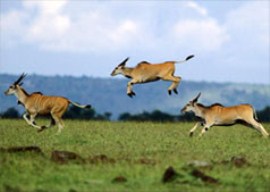 |
|
 |
|
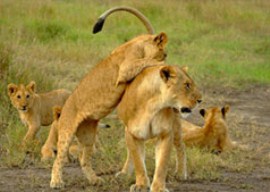 |
|
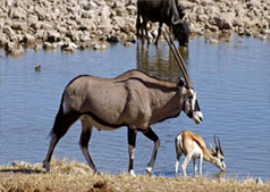 |
|
 |
|
 |
|
 |
|
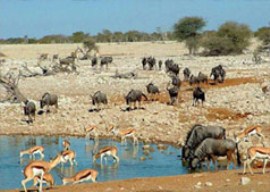 |
|
 |
|
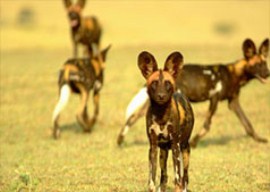 |
|
 |
|
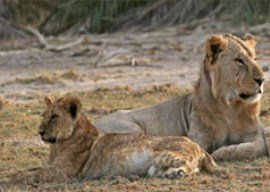 |
|
 |
|
 |
|
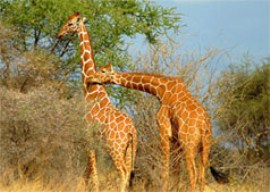 |
|
 |
|
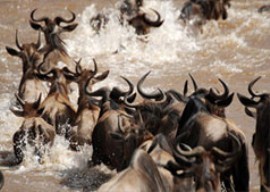 |

